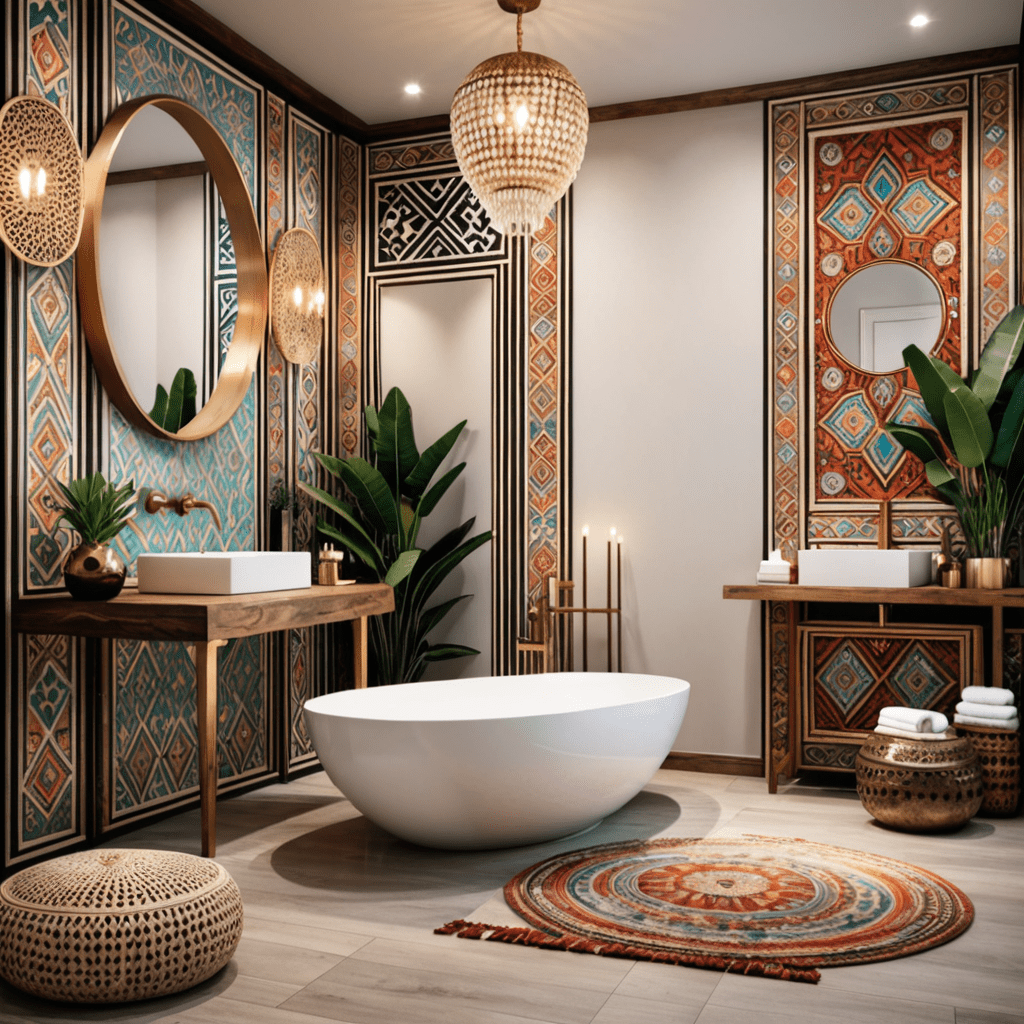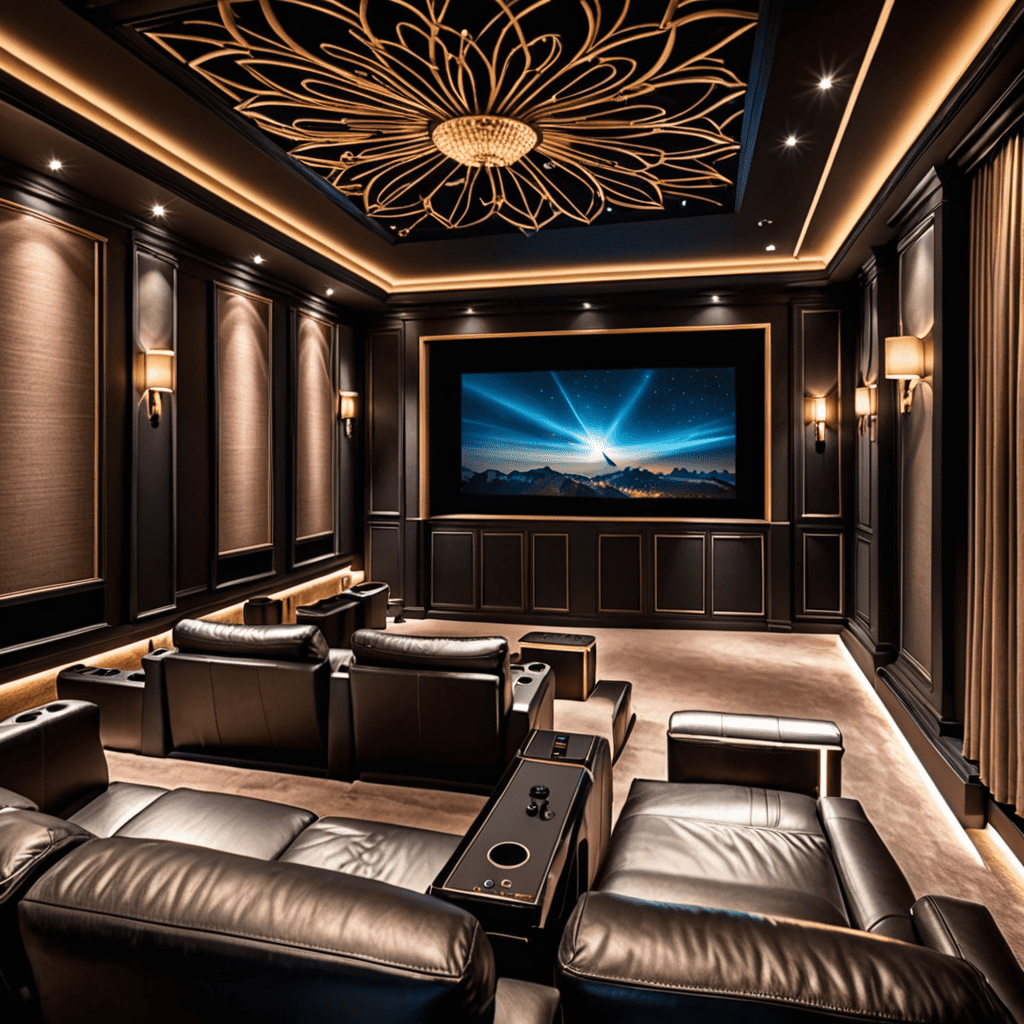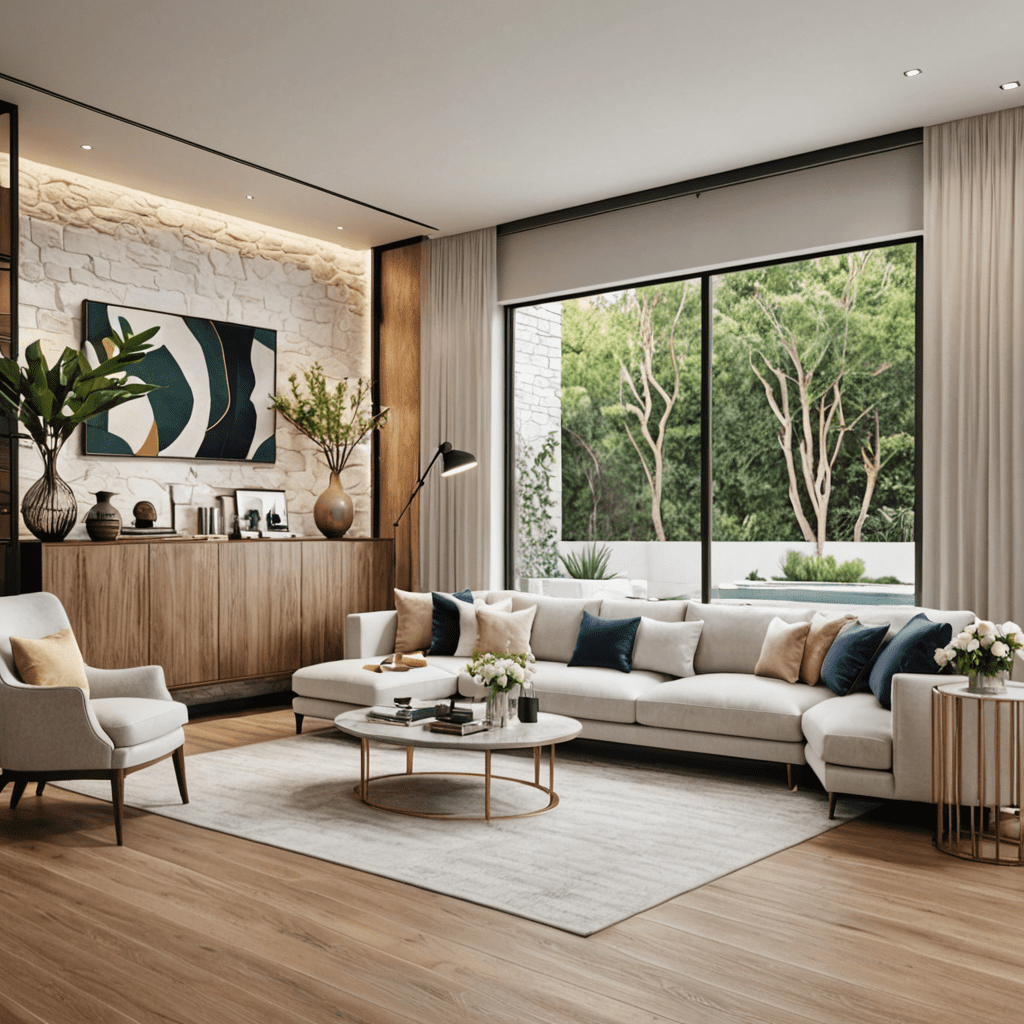Discover the Creative Fusion of Graphic Design in Architecture and Interior Design


Discover the Creative Fusion of Graphic Design in Architecture and Interior Design
When we think of graphic design, we often associate it with branding, advertising, or web design. However, its role extends far beyond these realms. Graphic design plays a crucial role in the fields of architecture and interior design, enhancing the visual appeal, functionality, and communication of spaces. Let’s explore the various facets where graphic design intersects with architecture and interior design.
Building Facades
Graphic design is integral to the creation of building facades. From the strategic placement of signage to the use of typography, color, and imagery, graphic design principles are employed to reflect the identity and purpose of the structure. This not only creates a visually striking exterior but also communicates the building’s function and brand.
Wayfinding and Signage
Effective wayfinding and signage are essential in architectural and interior design, ensuring intuitive navigation within spaces. Graphic designers collaborate with architects and interior designers to craft signage that seamlessly integrates with the overall aesthetic while guiding individuals through the space efficiently. Through the use of typography, symbols, and color schemes, graphic design enhances the user experience and reinforces the design concept.
Environmental Graphics
Environmental graphics encompass a wide range of visual elements within a built environment. This includes wall murals, floor graphics, window treatments, and other graphical representations that transform the space into a cohesive, immersive experience. Graphic designers contribute to environmental graphics by infusing the architectural and interior design with thematic elements, storytelling, and branding, thereby unifying the visual narrative of the space.
Branding and Identity
Graphic design is paramount in establishing the brand identity of architectural spaces, such as residential developments, commercial properties, or public buildings. Through the creation of logos, color palettes, and visual assets, graphic designers collaborate with architects and interior designers to encompass the brand’s ethos into the physical environment. This holistic approach ensures a cohesive and memorable brand presence across all touchpoints.
Visual Communication in Interior Design
Within interior design, graphic design finds expression in various aspects such as wallpapers, textiles, and furnishings. Designers integrate graphic elements to add depth, texture, and visual interest to the interior spaces. Whether it’s through custom patterns, digital prints, or bespoke artwork, graphic design contributes to the personality and ambience of the interiors.
Digital Rendering and Visualization
Advancements in technology have propelled the use of digital rendering and visualization tools in architecture and interior design. Graphic designers collaborate with professionals in these fields to create realistic simulations, 3D renderings, and virtual tours that enable clients to envision the final design. These visual representations not only aid in the design process but also serve as powerful marketing tools for showcasing the potential of a space.
Lighting Design and Visual Effects
Lighting design is a fundamental aspect of architectural and interior design, and graphic design plays a role in shaping the visual effects achieved through lighting. Graphics, patterns, and projections are often integrated into lighting schemes to create dynamic atmospheres, subtle textures, and dramatic focal points within the built environment. This collaboration enhances the holistic experience of the space while seamlessly integrating with the architectural design.
Typography and Wayfinding
Typography is a crucial component of wayfinding and signage, aiding in clear communication and branding within architectural and interior spaces. From directional signs to informational displays, graphic designers harmonize typography with the overall design scheme, ensuring legibility, consistency, and aesthetic coherence. By carefully selecting typefaces, sizes, and placements, typography becomes an integral part of the spatial experience.
Interactive and Experiential Design
Graphic design intersects with interactive and experiential design, particularly in creating engaging, interactive installations or digital interfaces within the built environment. This application of graphic design enhances user engagement, fosters memorable experiences, and adds a layer of innovation to architectural and interior spaces, transcending traditional design boundaries.
FAQ
How does graphic design influence architectural and interior design?
Graphic design enhances architectural and interior spaces through its impact on visual communication, branding, wayfinding, environmental graphics, and digital visualization. It adds layers of storytelling, functionality, and aesthetic appeal to the built environment.
Why is graphic design important in architecture and interior design?
Graphic design serves as a unifying element that bridges the gap between architecture, interior design, and the human experience within the space. It amplifies the functionality, visual appeal, and communication within the built environment, contributing to a holistic and immersive design.
What are the key elements of graphic design used in architecture and interior design?
The key elements include typography, color, imagery, branding, environmental graphics, signage, wayfinding, digital visualization, and interactive design. These elements work in harmony to create visually compelling and functional spaces.
How can graphic design and architecture collaborate effectively?
Effective collaboration can be achieved through early integration of graphic design in the architectural and interior design process. By fostering open communication and understanding of each other’s expertise, professionals can align their vision to create cohesive, integrated designs that prioritize both aesthetic and functional considerations.
In conclusion, the integration of graphic design in architecture and interior design transcends mere visual embellishment, becoming an essential tool for enhancing the functionality, communication, and aesthetic appeal of spaces. By embracing this creative fusion, professionals in these fields can create immersive, memorable environments that resonate with the occupants while conveying the intended narrative and branding.





